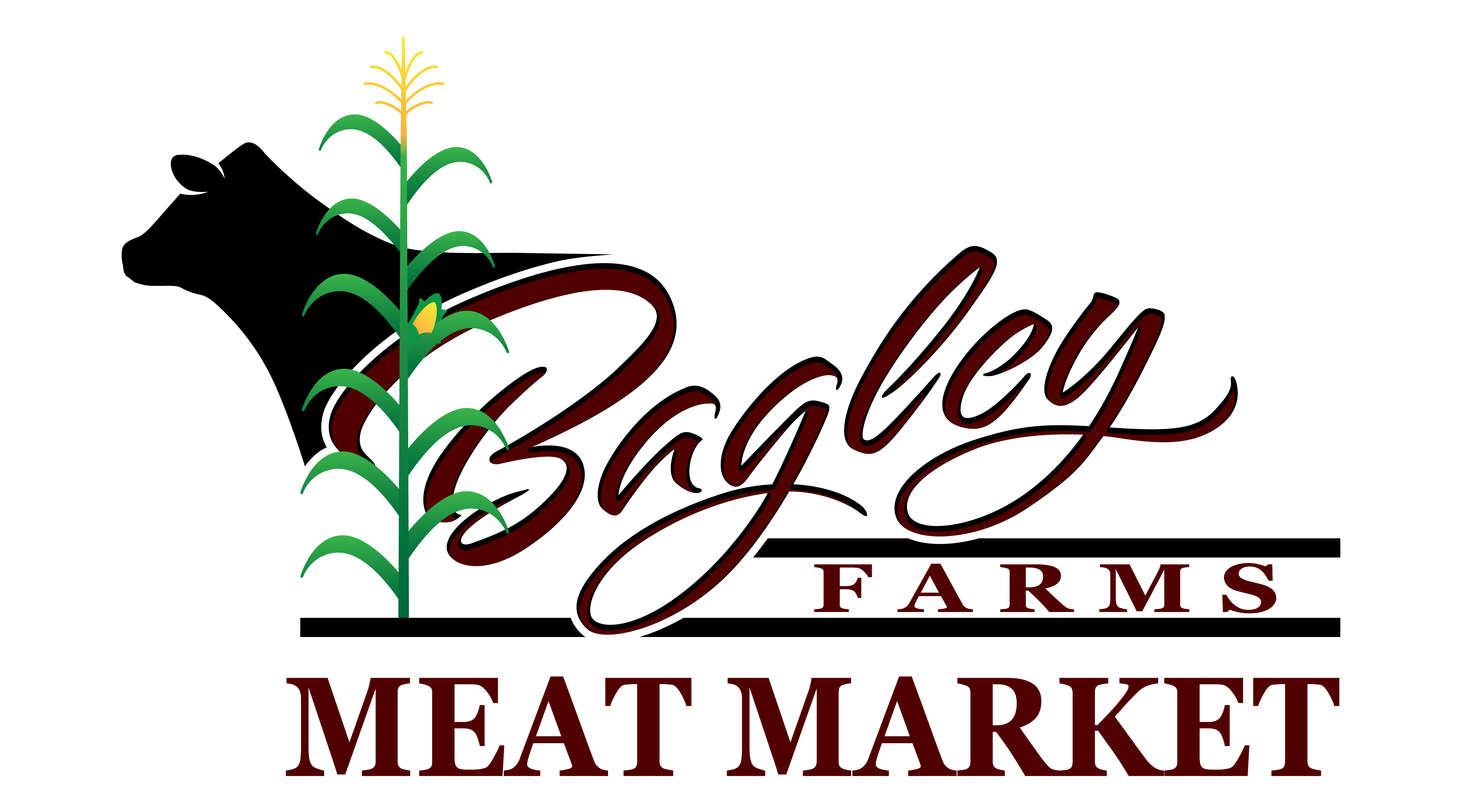How to Pick the Perfect Cut of Meat From a Trusted Meat Market
Picking the perfect cut of meat from a relied on meat market requires a thoughtful method that stabilizes quality, cooking objective, and budget plan. Comprehending the numerous kinds of meat and their particular cuts is important, as is engaging with your butcher to acquire insights into sourcing and prep work.
Understanding Meat Cuts


As an example, the tenderloin is valued for its buttery appearance and minimal connective tissue, making it optimal for quick food preparation approaches such as barbecuing or pan-searing. In comparison, tougher cuts like the brisket or shank benefit from sluggish food preparation strategies to damage down collagen, producing rich and tasty results.
In addition, the fat content of a cut plays an important duty in flavor account and moisture retention throughout cooking. Cuts with greater fat content, such as ribeye, use an even more durable flavor, while leaner choices, like sirloin, might call for cautious preparation to prevent dryness (bagley meat market edwardsville il). Recognizing these nuances enables informed selections that boost cooking developments, making certain that each recipe showcases the ideal qualities of the chosen meat
Aspects to Think About
When picking the perfect cut of meat, numerous critical factors enter play that can considerably influence the final dish. Think about the type of meat you prefer-- beef, pork, lamb, or poultry-- as each deals distinct tastes and appearances. The particular cut within that category is similarly essential; for example, ribeye delivers abundant marbling, while tenderloin provides a lean, buttery appearance.
One more element is the food preparation method you prepare to use. Cuts suitable for barbecuing, such as T-bones or sirloins, differ from those much better suited for sluggish cooking, like chuck roasts or shanks. Additionally, freshness is paramount; always choose meat with a lively color and firm texture, signifying top quality and correct handling.
Additionally, consider the resource of the meat. A trusted meat market usually gives locally sourced, hormone-free, and grass-fed options, which can enhance taste and nutritional worth. Finally, your budget will certainly lead your option. Premium cuts may provide outstanding preference, but there are also cost-effective alternatives that, when prepared appropriately, can yield scrumptious results. Stabilizing these variables will certainly help you select the best cut for your cooking needs.
Inquiries to Ask Your Butcher
A butcher's know-how can be indispensable when choosing the optimal cut of meat for your culinary ventures. Start by asking concerning the resource of the meat.
Next, ask about the different cuts readily available for the type of meat you prefer. A knowledgeable butcher will certainly describe the subtleties of each cut, helping you choose one that matches your food preparation method and preferred end result. Do not be reluctant to make inquiries about the ideal food preparation methods for a specific cut; butchers frequently have pointers that can improve your recipe.
It's additionally sensible to ask regarding the meat's quality. A great butcher will certainly be anxious to share their proficiency and recommend cuts that will certainly thrill your taste buds. Engaging your butcher with these questions can significantly boost your meat option experience.
Recognizing Top Quality Meat

Appearance is an additional critical aspect; quality meat need to feel solid and a little bouncy to the touch. Prevent any type of cuts that feel slimed or exceedingly dry, as these can indicate wasting or incorrect storage space. Furthermore, scent plays an important function; fresh meat needs to have a clean, neutral scent, while any type of off-putting or sour odors are warnings.
Finally, consider the resource. Purchasing from a respectable meat market, where the meat's origin is understood, can make sure greater top quality criteria. By concentrating on these indicators-- shade, marbling, appearance, smell, and source-- you can confidently pick cuts that will raise your food preparation and dining experience.
Cooking Approaches for each and every Cut
Choosing the ideal cooking method is extremely important for taking full advantage of the flavor and inflammation of each cut of meat. Different cuts possess unique qualities that determine the most appropriate cooking strategies.
For tender cuts, such find out here as filet mignon or ribeye, completely dry heat approaches like cooking, broiling, or pan-searing are ideal. Alternatively, tougher cuts, such as chuck or brisket, advantage from moist warm methods, including braising or sluggish food preparation.
Pork chops and chicken breasts are flexible and can be cooked making use of both completely dry and damp techniques. While grilling or roasting can produce tasty outcomes, poaching or sautéing can keep moisture and tenderness. For lamb, approaches like roasting or braising are recommended, as they complement the meat's robust taste.

Verdict
To conclude, selecting the excellent cut of meat from a credible meat market requires a detailed understanding of meat cuts and factor to consider of different variables, including source, top quality, and cooking methods. Engaging with the butcher via targeted queries can yield valuable understandings and referrals customized to certain culinary requirements. Focusing on both top quality and budget will certainly enhance the total gastronomic experience, ensuring that the Related Site selected cut fulfills assumptions in both taste and preparation.